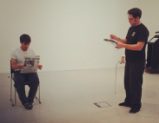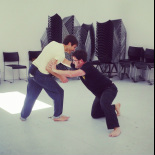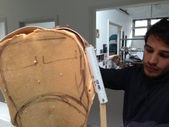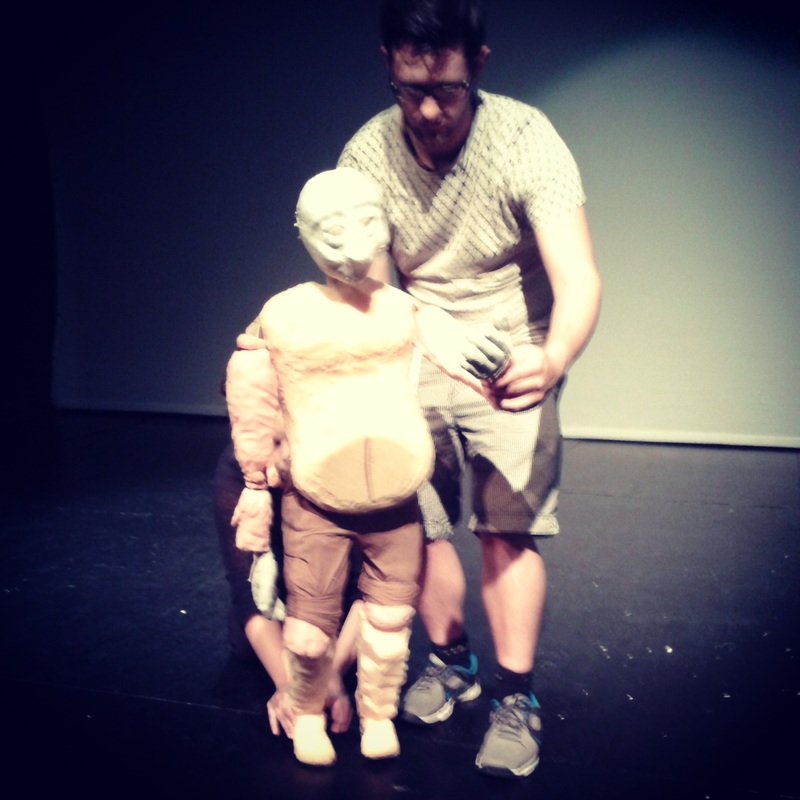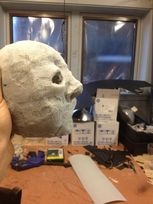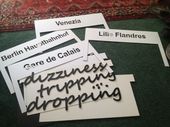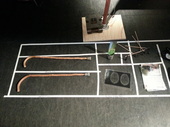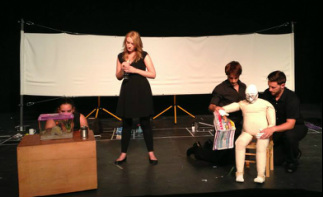
Wow! The last few weeks have been crazy! We performed at Marlowe Theatre Scratch Night in Canterbury and then went off to Kingston for our residency with Creative Youth at the International Youth Arts Festival. After three nights of work-in-progress performances, we want to share some images and audience feedback.
More information will be posted here soon when we have completed our Arts Council Evaluation.
FEEDBACK
Do you think that we dealt with the subject matter appropriately? Please explain.
"I felt it was very sensitively dealt with. Ted was portrayed beautifully with the right measures of humour and heart".
"Yes, you seem to have a clear understanding of MND".
"It’s crucial to highlight the positive attitude to an awful situation. You brought out Ted’s perseverance and positivity beautifully".
"Yes, I thought it was handled very delicately - it enlightened me to what MND is and what that could mean to someone".
Did the different styles of puppetry (full bodied Ted, the head and hand and the shadows) compliment or distract from the narrative? Please explain.
"Really enjoyed the variety. Thought some of the shadow puppetry was brilliant".
"Really enjoyed the variety. Thought some of the shadow puppetry was brilliant".
"Complemented, not sure whether they could blend better".
"Found the shadow puppetry stunning and very beautiful - perhaps the lighting behind was slightly too bright (could see the strings quite easily at times)".
What do you think we could improve on?
"Some of the shadow figures could be slightly larger".
"Ted’s relationships with his goldfish and lady were lovely, I almost wanted to see more of his story/narrative and less about the disease (which is still very relevant) I wanted to see more of Ted pre-MND to really connect with him".
"If there is a reason for all the little boxes for the props, make that clearer".
"Transitions - make breathing a stylised choice and more of it to the music".
"Explore the relationship between the couple more".
"Maybe we could find out more about the disease"?
"A tiny detail; when you are doing the puppeteering behind the screen it would be good to have your feet fully covered in black as not to distract the eye".
Many thanks to all who share their thoughts and feedback. It has been greatly appreciated.
More information will be posted here soon when we have completed our Arts Council Evaluation.
FEEDBACK
Do you think that we dealt with the subject matter appropriately? Please explain.
"I felt it was very sensitively dealt with. Ted was portrayed beautifully with the right measures of humour and heart".
"Yes, you seem to have a clear understanding of MND".
"It’s crucial to highlight the positive attitude to an awful situation. You brought out Ted’s perseverance and positivity beautifully".
"Yes, I thought it was handled very delicately - it enlightened me to what MND is and what that could mean to someone".
Did the different styles of puppetry (full bodied Ted, the head and hand and the shadows) compliment or distract from the narrative? Please explain.
"Really enjoyed the variety. Thought some of the shadow puppetry was brilliant".
"Really enjoyed the variety. Thought some of the shadow puppetry was brilliant".
"Complemented, not sure whether they could blend better".
"Found the shadow puppetry stunning and very beautiful - perhaps the lighting behind was slightly too bright (could see the strings quite easily at times)".
What do you think we could improve on?
"Some of the shadow figures could be slightly larger".
"Ted’s relationships with his goldfish and lady were lovely, I almost wanted to see more of his story/narrative and less about the disease (which is still very relevant) I wanted to see more of Ted pre-MND to really connect with him".
"If there is a reason for all the little boxes for the props, make that clearer".
"Transitions - make breathing a stylised choice and more of it to the music".
"Explore the relationship between the couple more".
"Maybe we could find out more about the disease"?
"A tiny detail; when you are doing the puppeteering behind the screen it would be good to have your feet fully covered in black as not to distract the eye".
Many thanks to all who share their thoughts and feedback. It has been greatly appreciated.

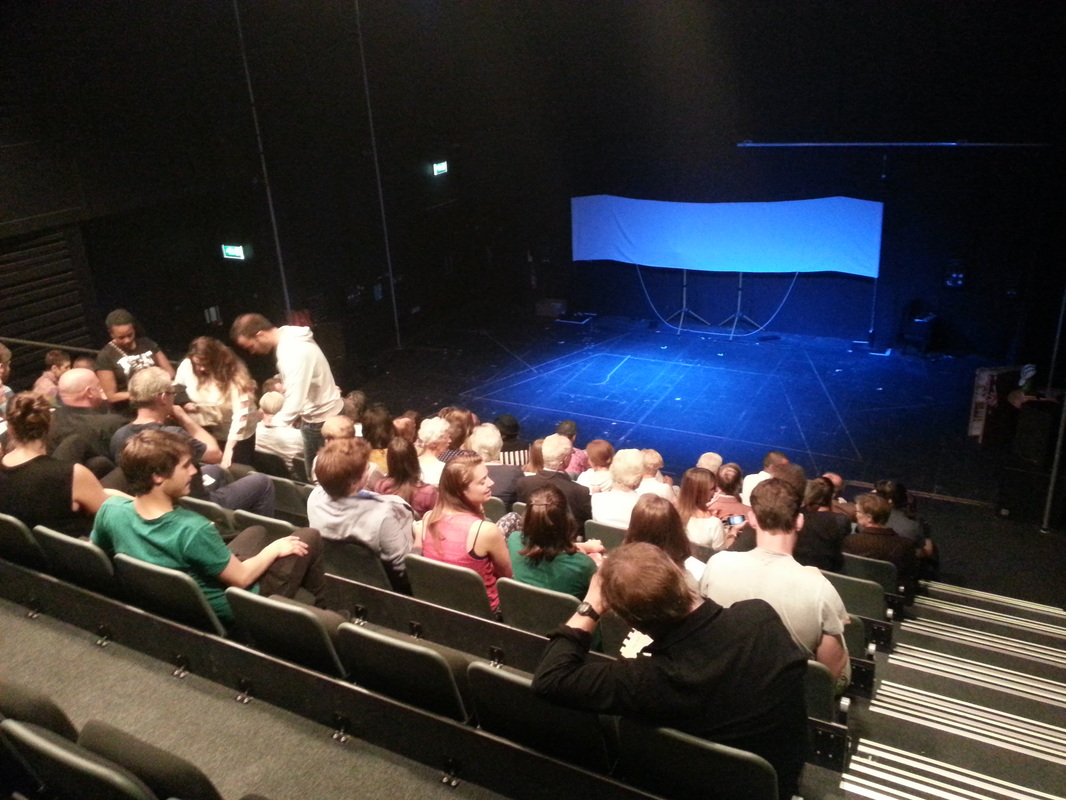
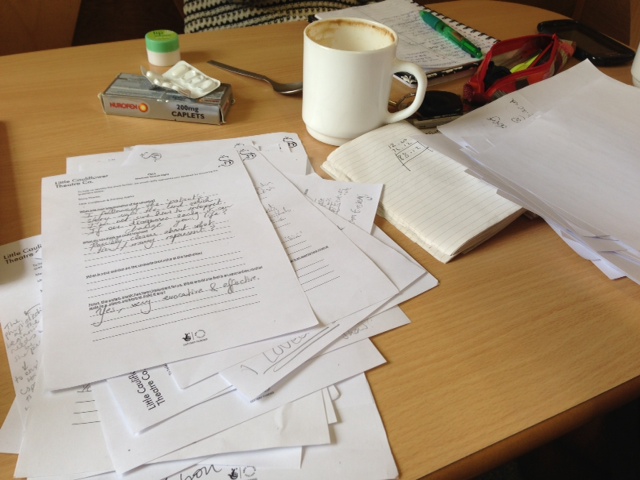
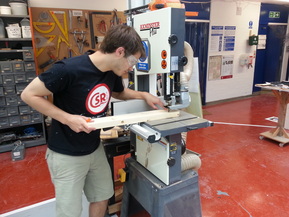
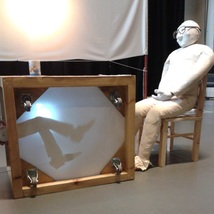
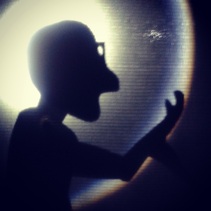
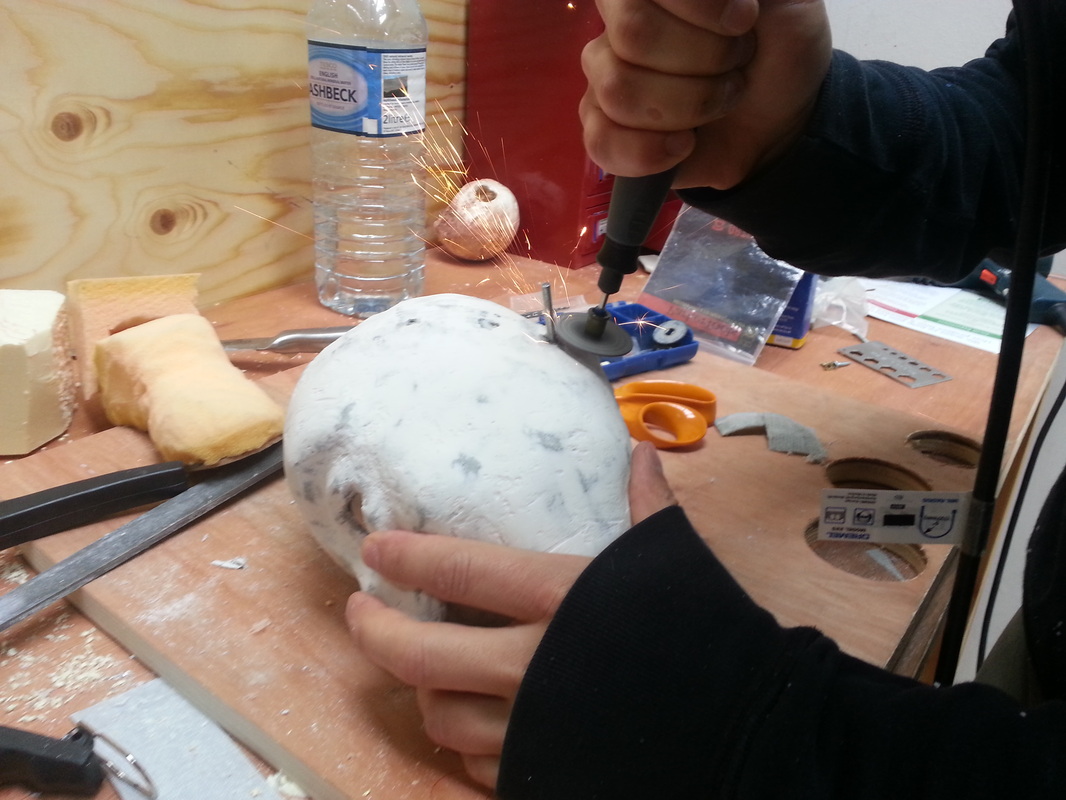
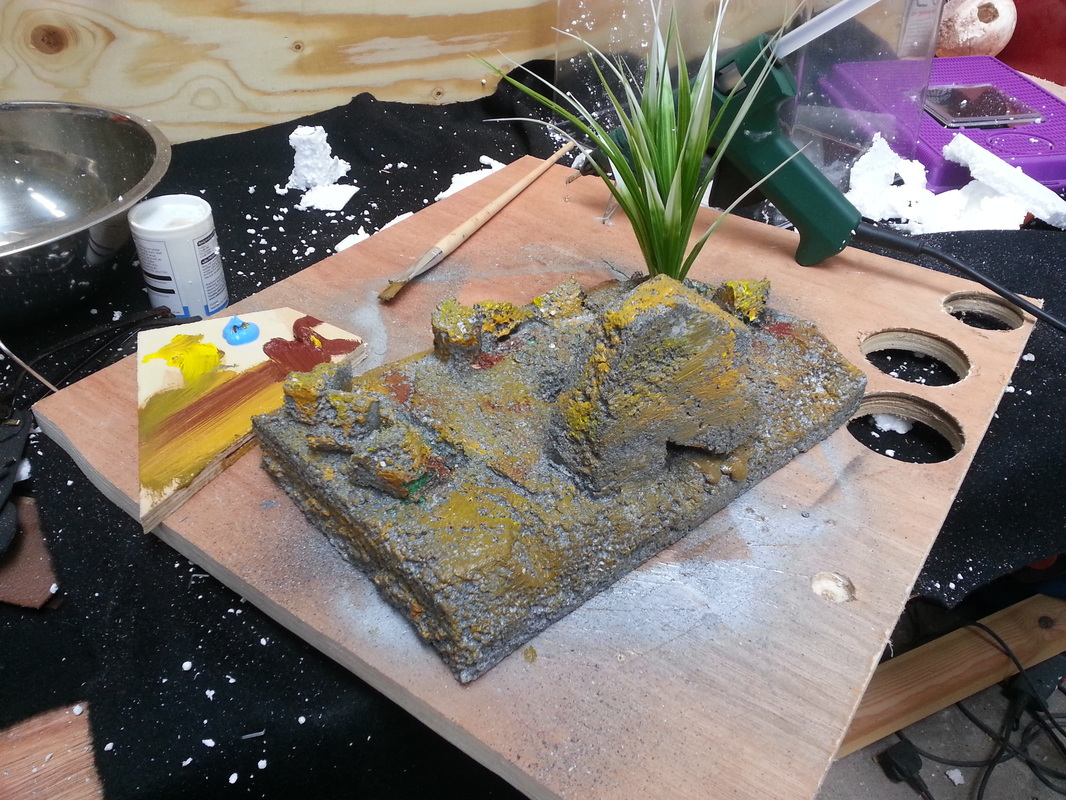
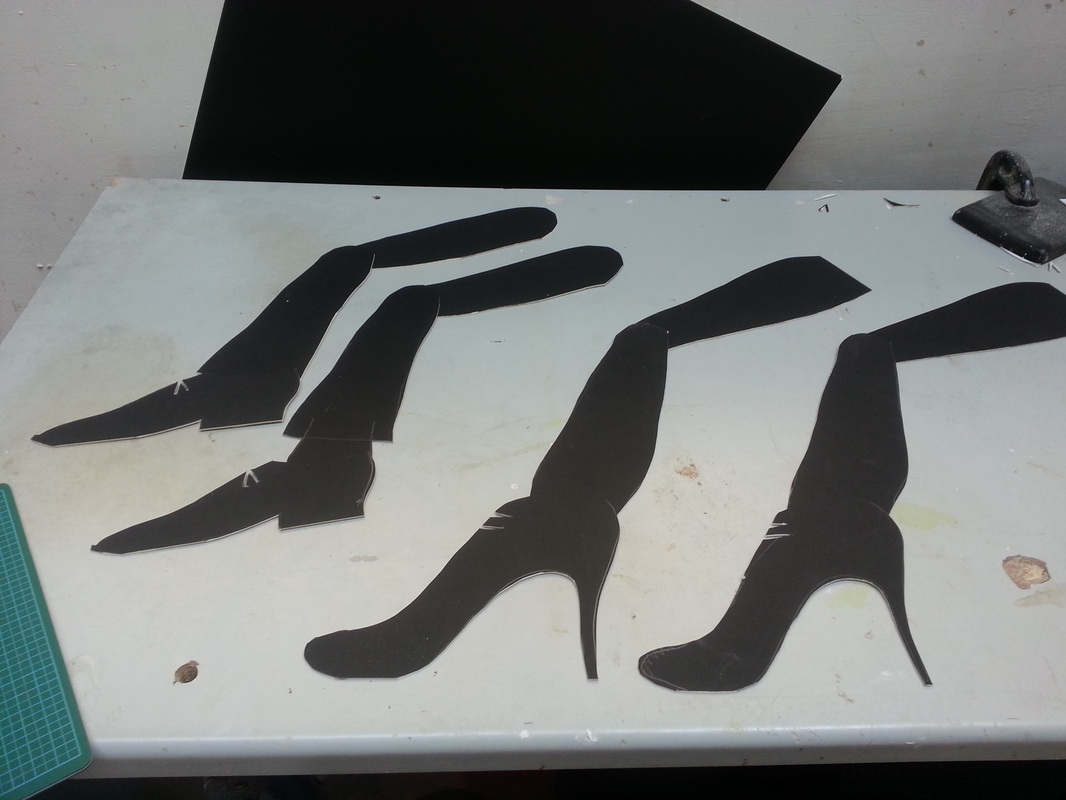
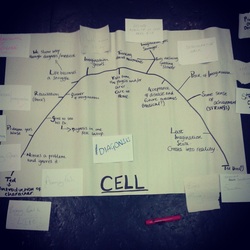
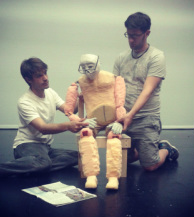
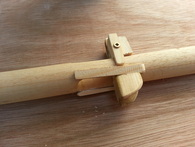

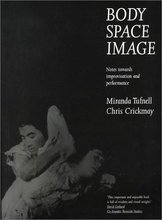
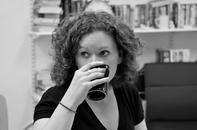
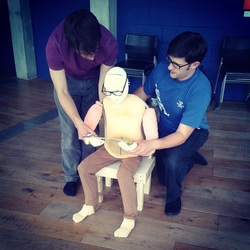
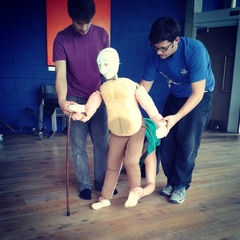
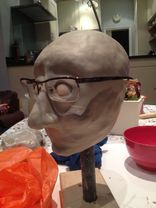



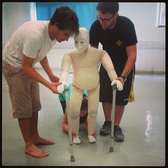
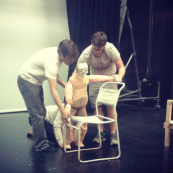
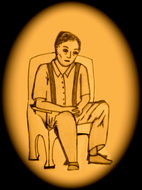
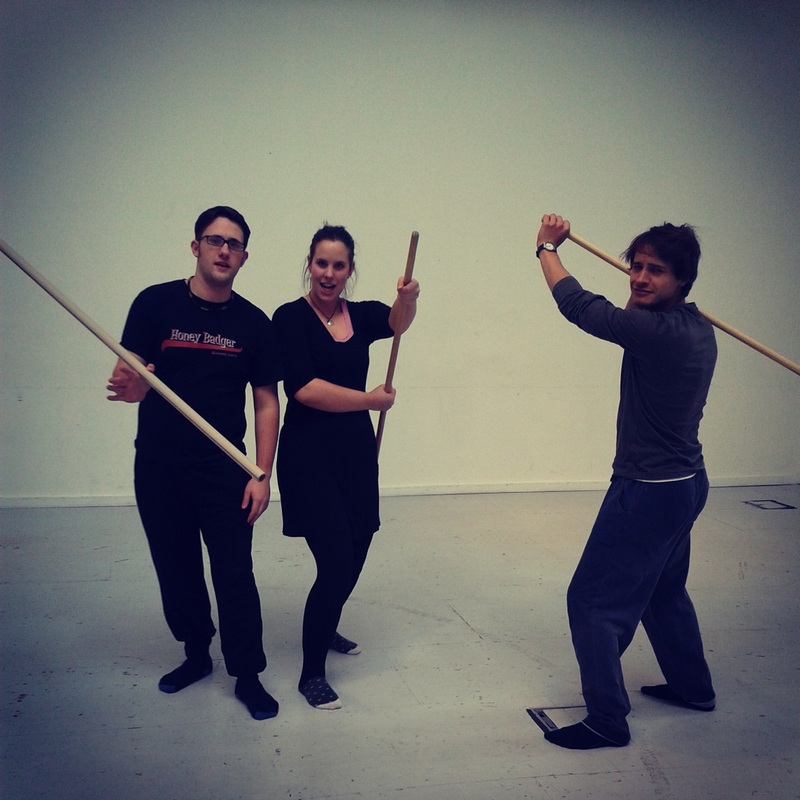
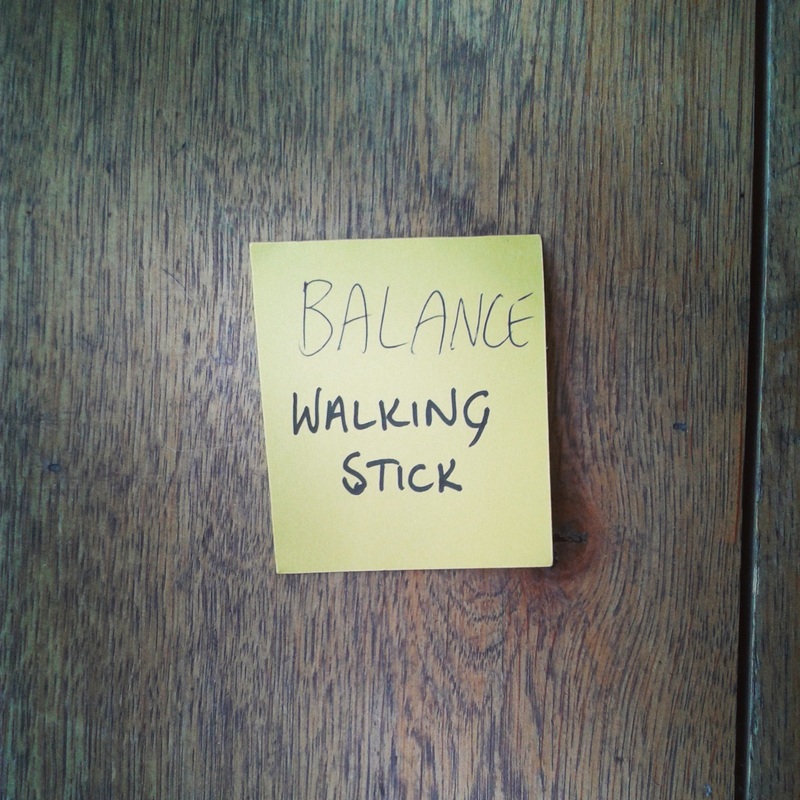
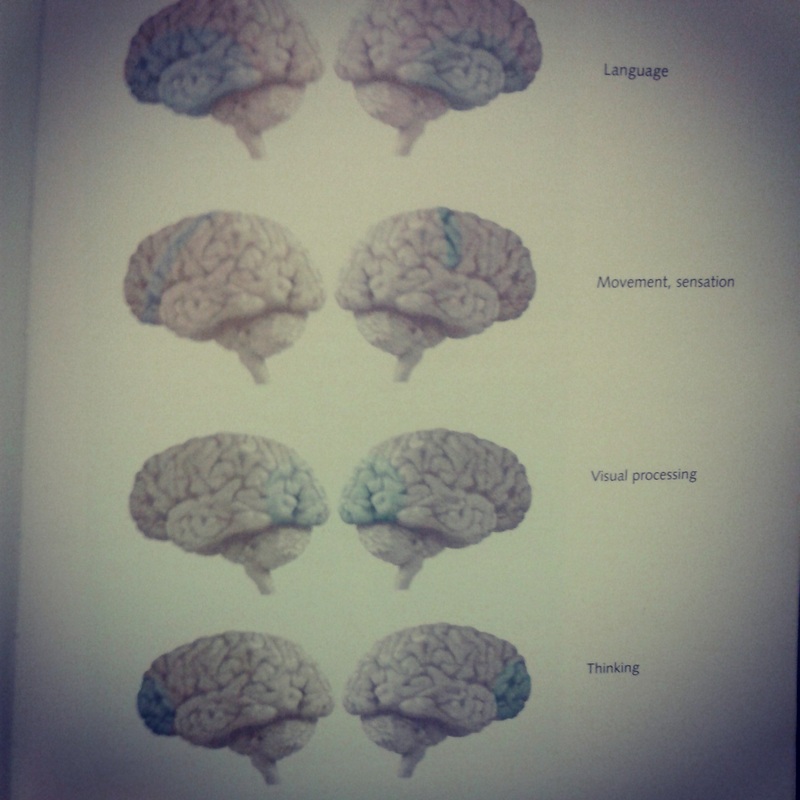
 RSS Feed
RSS Feed
